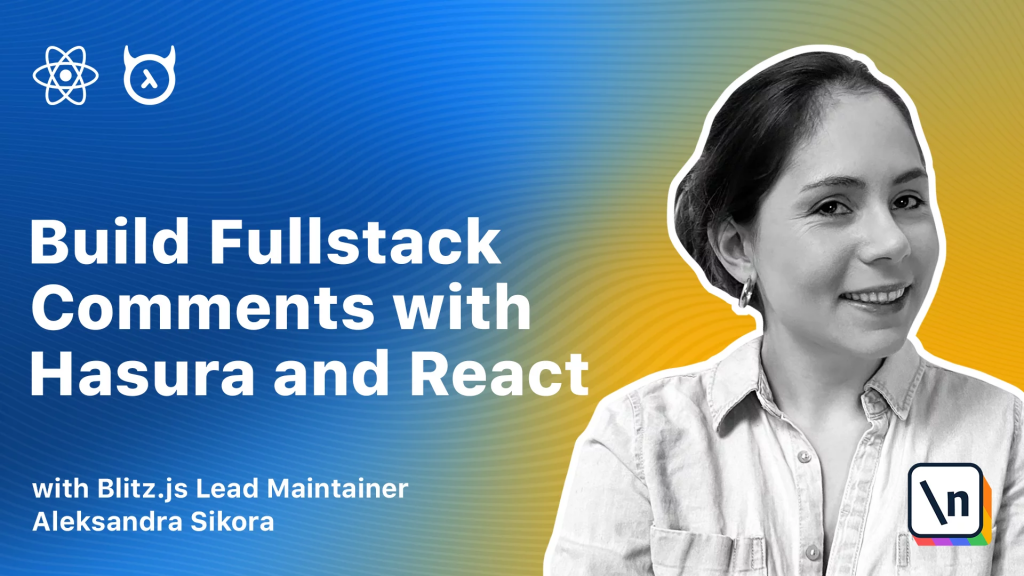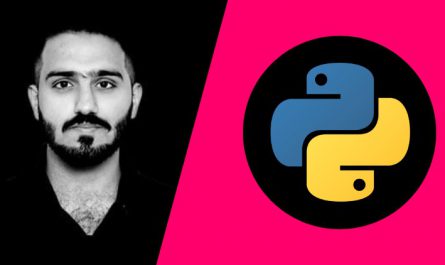
Description
Build and implement a comprehensive commenting system for your website using Hasura and React. We’ll use the commenting feature to teach technology concepts like Hasura with appropriate authorization, optimistic updates for a more responsive UI, pagination, and publication of library in NPM.
Why this course
Many developers would like to add a comments section to their website or blog for users to post comments or hold discussions. While it’s possible to use existing hosted solutions such as Disqus or Facebook Comments, they often charge a fee and impose their UI leaving little to no control for modifications or customization.
Another option is to build your own from scratch — which is what we’ll do in this course. We’ll use Hasura, which generates GraphQL API from a database so that the backend part is as easy and the least time-consuming as possible. Along the way, we’re going to learn about databases, GraphQL, building UI components with React and TypeScript, and more. By the end of this course, you’ll have a commenting system added to a website we’ve called, Why comments?, with all comments stored by Hasura. We’ll also publish the fetching and adding comments logic as a library to NPM.
This course focuses on building a commenting widget, however, the skills you’ll acquire will allow you to build any fullstack widget you can think up for your application. You’ll be able to contribute to fullstack React, GraphQL, and Hasura projects at work, in open source, or your own projects. You’ll discover that this stack not only eliminates the need for having large teams of backend developers, but it lets your projects move faster.
Last Updated 3/2022
Download Links
Direct Download
The newline Guide to Full Stack Comments with Hasura and React.zip (172.4 MB) | Mirror


